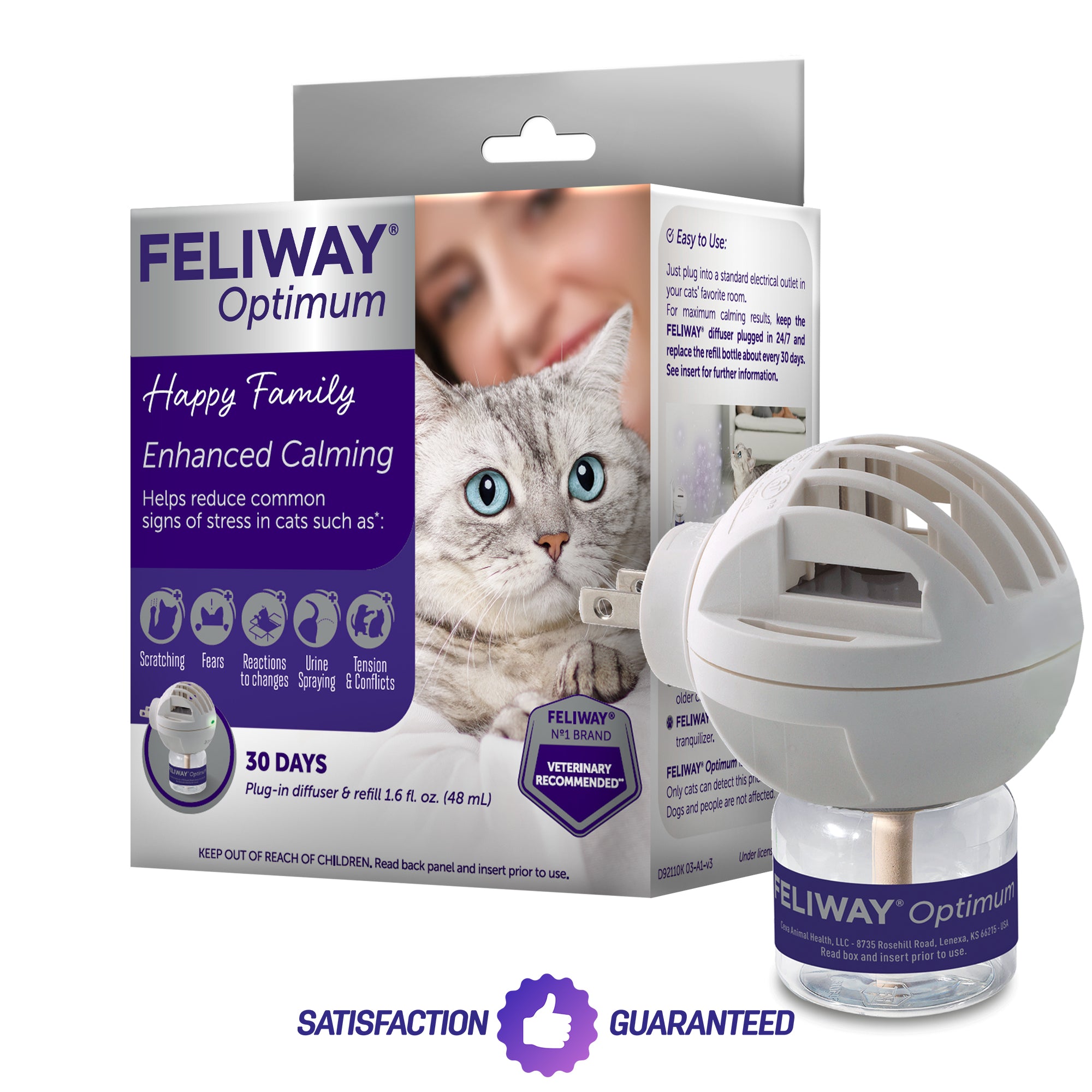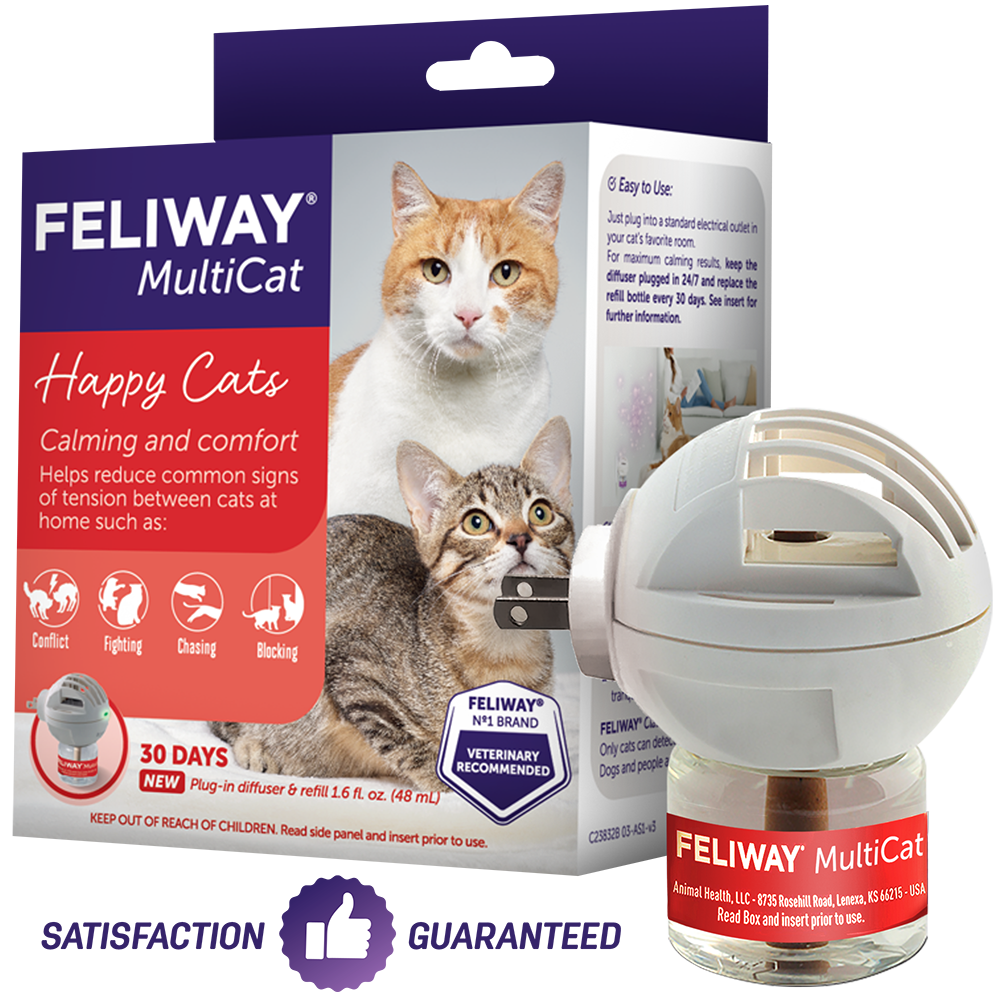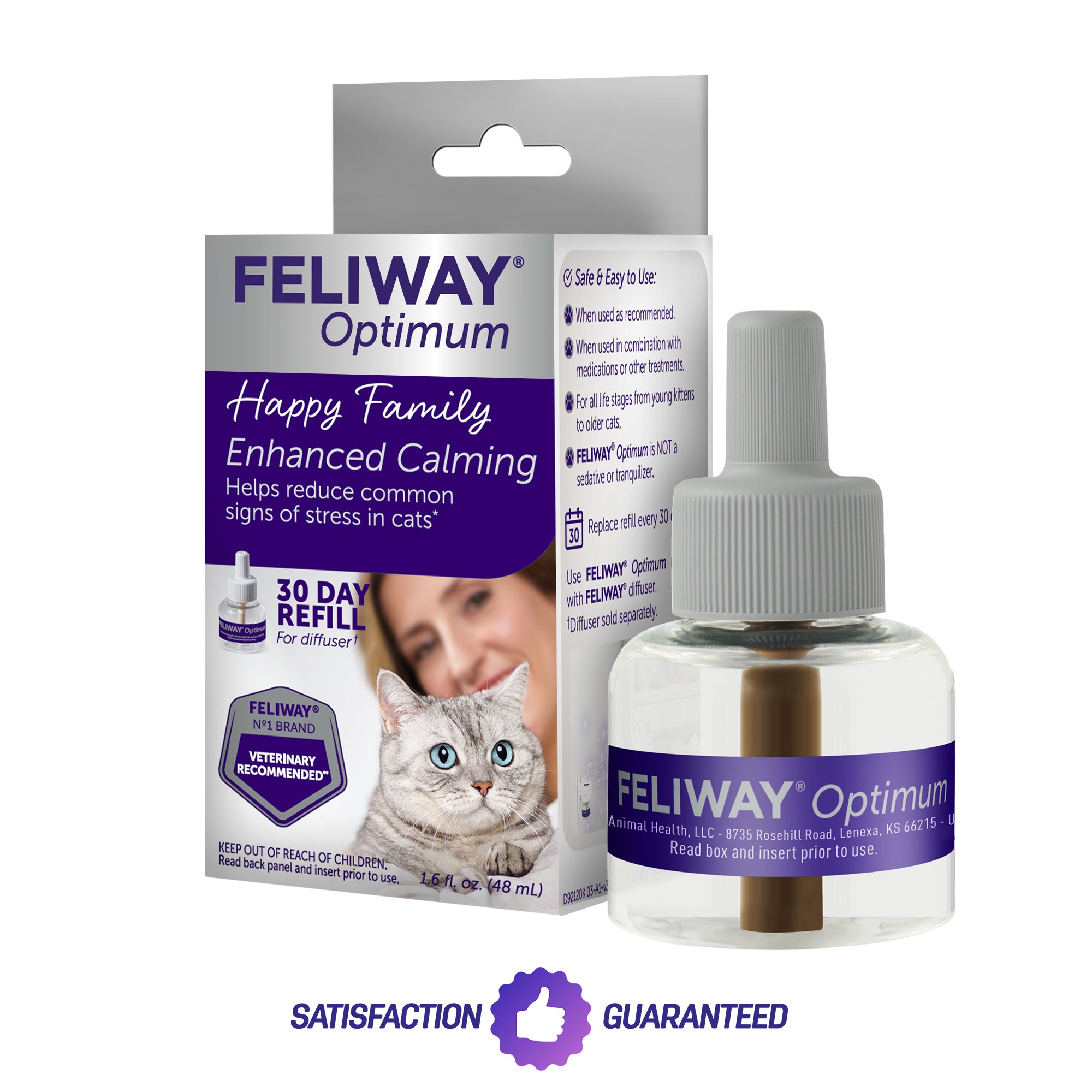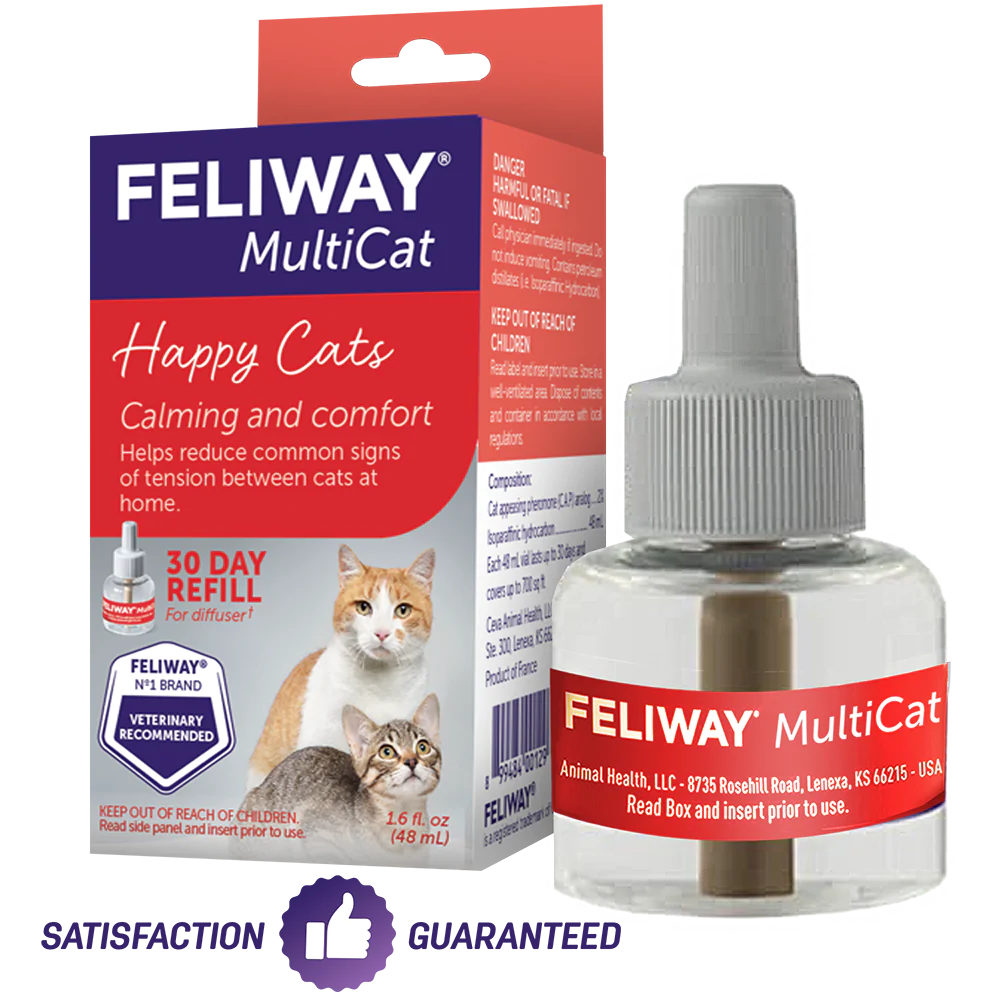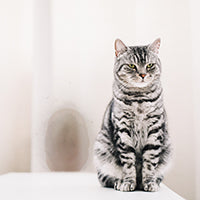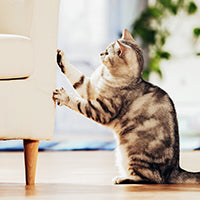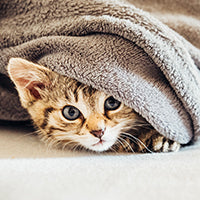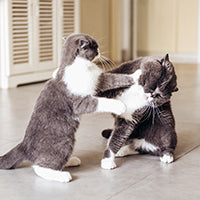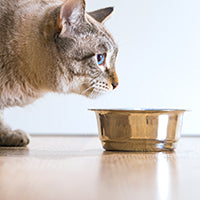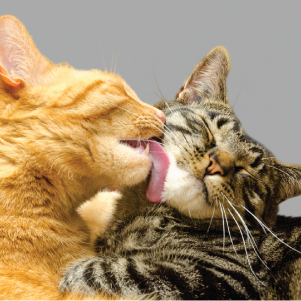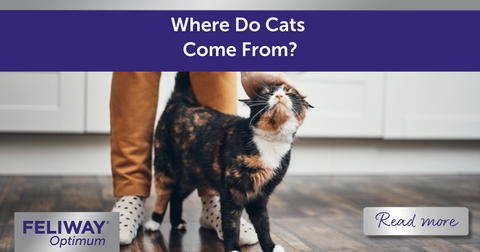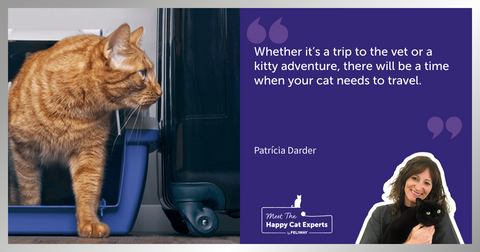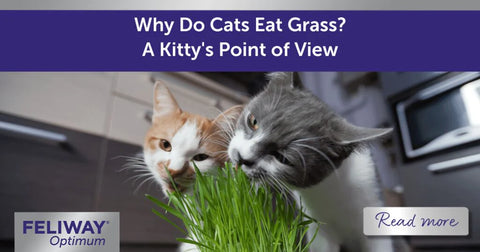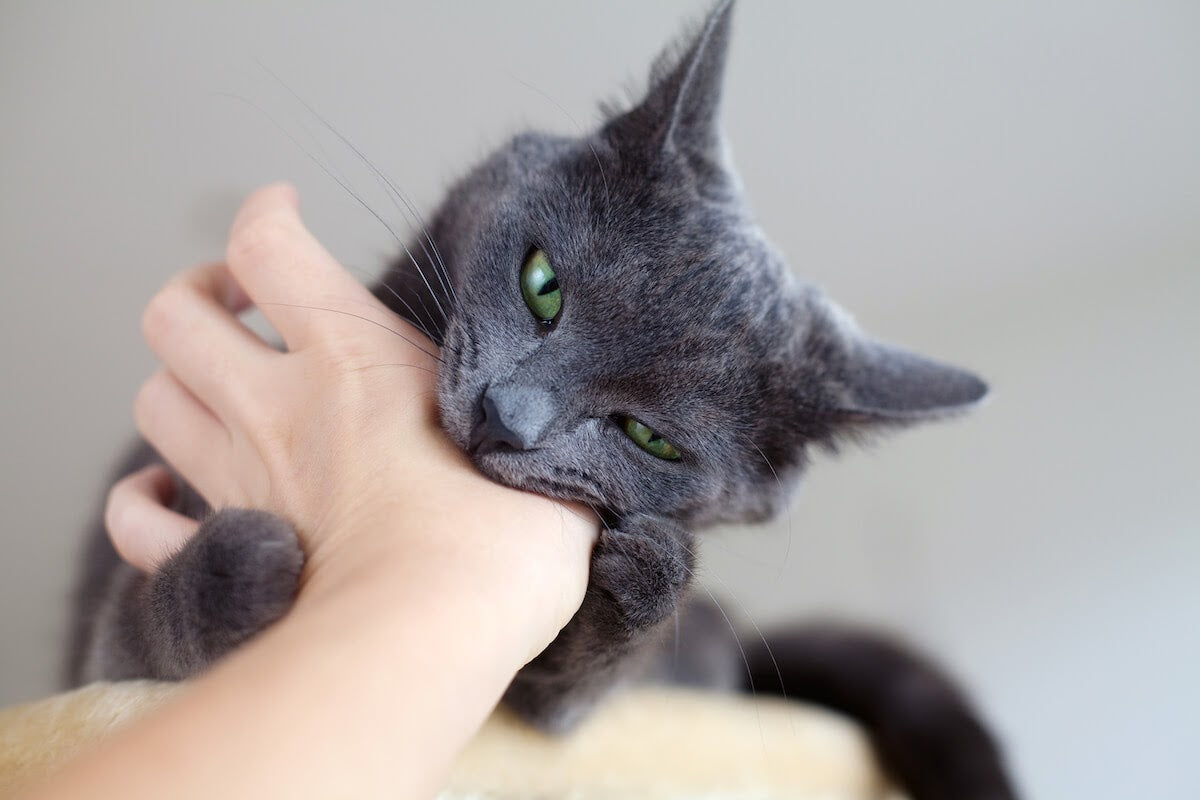
Confusing Kitties! Why Does My Cat Purr Then Bite?
Are you confused when your cat is snuggling on your lap, purring, seemingly content, you are gently stroking them and all is harmonious… then they turn around and bite you?
Rest assured, this is not unusual! Some kitty lovers call this a ‘love bite’, others call it petting aggression. It’s a controversial subject but it’s believed that if your cat suddenly bites you for no apparent reason, it could be because they are being overstimulated by the constant stroking - which you thought they were enjoying!
Another theory is that repetitive stroking creates static electricity on your cat’s coat, causing little shocks - which would of course make them react adversely. Or your cat may have a painful joint that you inadvertently touch when you are stroking - this could be the case if your cat is elderly.
Whatever the reason, petting induced aggression, or defensive biting can be prevented by promotion socialization from an early age. The amount of petting a cat tolerates can be influenced by their experiences with humans when they are a young kitten, so spending time with your kitty when they are small is key!
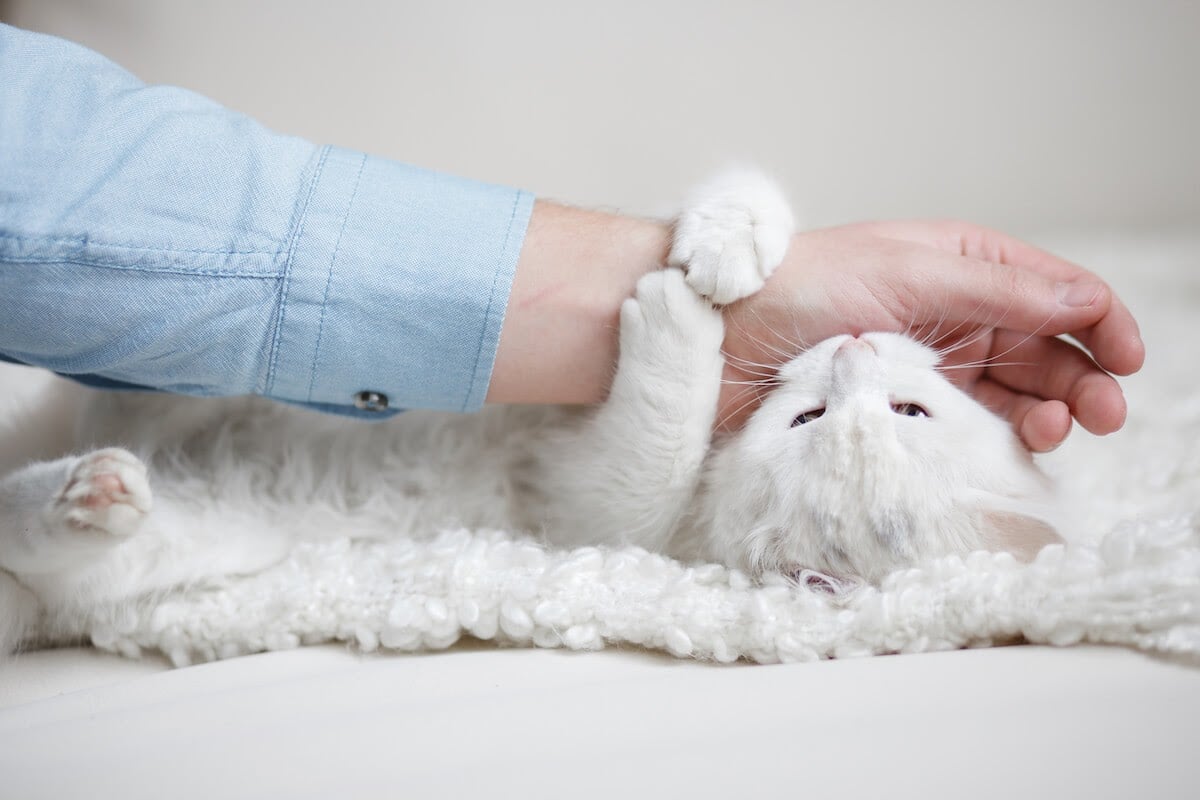
Why Do Cats Bite?
Any cat (of any age) who feels threatened, and has tried other methods of defending themselves that haven't worked (such as trying to move away) will use aggression which can include biting. If you are sitting quietly with your cat on your lap, and they feel they’ve had enough petting for the day, it’s important to let them call the shots and let them go. If you try to persuade them to stay, they may well give a little nip to reinforce the message saying “I’ve had enough now..”.
Younger cats may also bite because they are frightened or uncertain of something new in their life. A mother cat may become aggressive while she is protecting her kittens, or they may lash out and bite if they are in pain.
More playful, non-aggressive biting is also a common part of play between kittens! This is a normal behavior, so when playing with kittens, be sure to keep your hands out of the way!
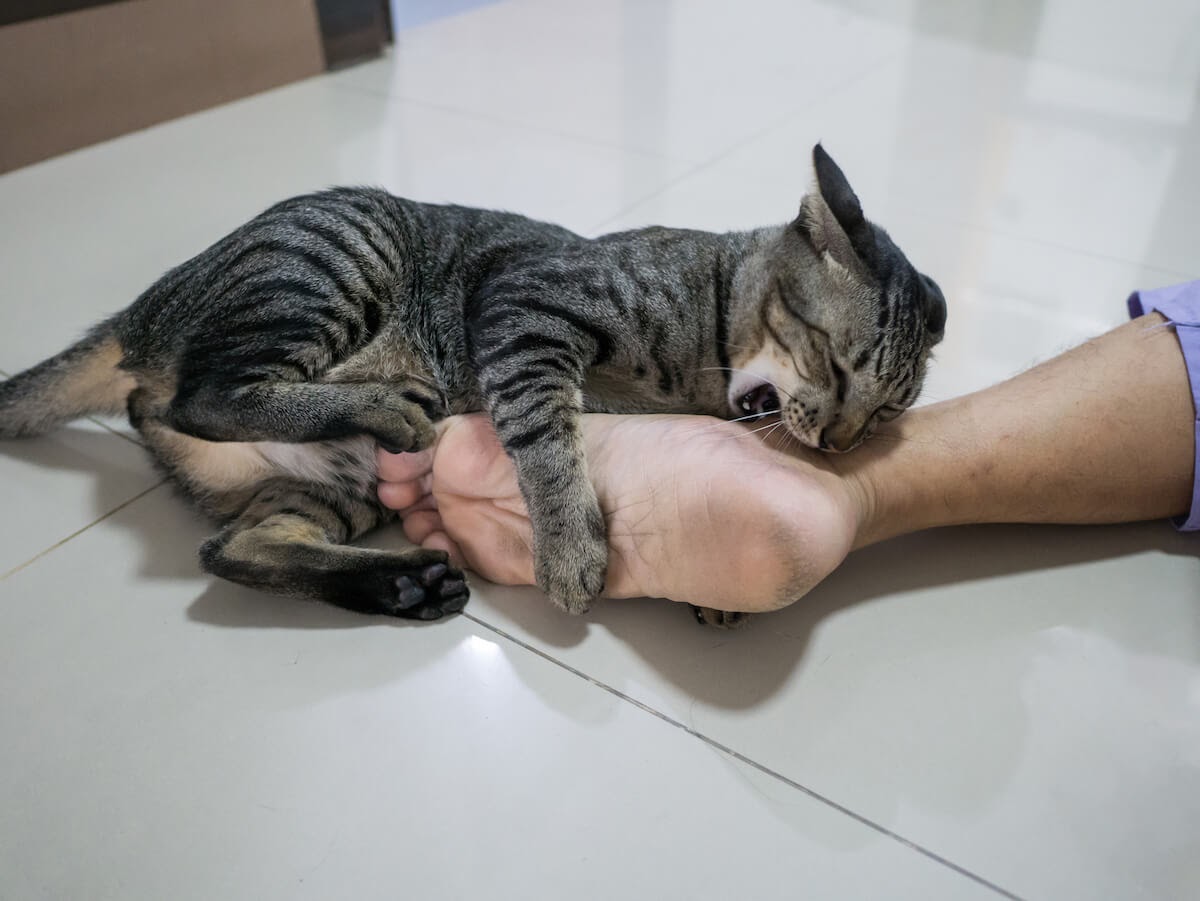
Understanding the Signs
It’s important that you are able to recognize signs of petting aggression in your feline friend and there are some distinct body language lessons you should be aware of:
- When petting your cat, look out for body language changes. You may feel them change from being relaxed to more tense, hear them vocalize and see their ears and tail become more alert for instance.
- Upright ears are a big sign! If the backs of your cats ears are rotated slightly forward, and their hackles up, you know they’re not feeling happy and you shouldn’t continue to pet them.
- Pay close attention to your pet’s mood. You will likely be able to see when they have had enough by the way they act and move.
- If your cat adopts an alert stance or hunting posture, you can be sure they are getting ready to pounce.
- If they are ‘bluffing’ by arching their back, this is normally a warning sign and a message to back off - they won’t normally pounce but you will know they want to be left alone.
- If their tail is stiff and lowered or held straight down to the ground, they don’t want you around.
- If they are being very vocal like growling, howling or yowling, it’s a clear warning for you to give them some space.
Other signs that your pet may be about to bite (outside of petting situations) include:
If your cat displays signs of biting every time you pet them, or outside of petting - and you’re not sure why - it's important that you take note and try to identify the reason. Always check there are no underlying medical conditions or environmental stressors that may be causing them to act aggressively.
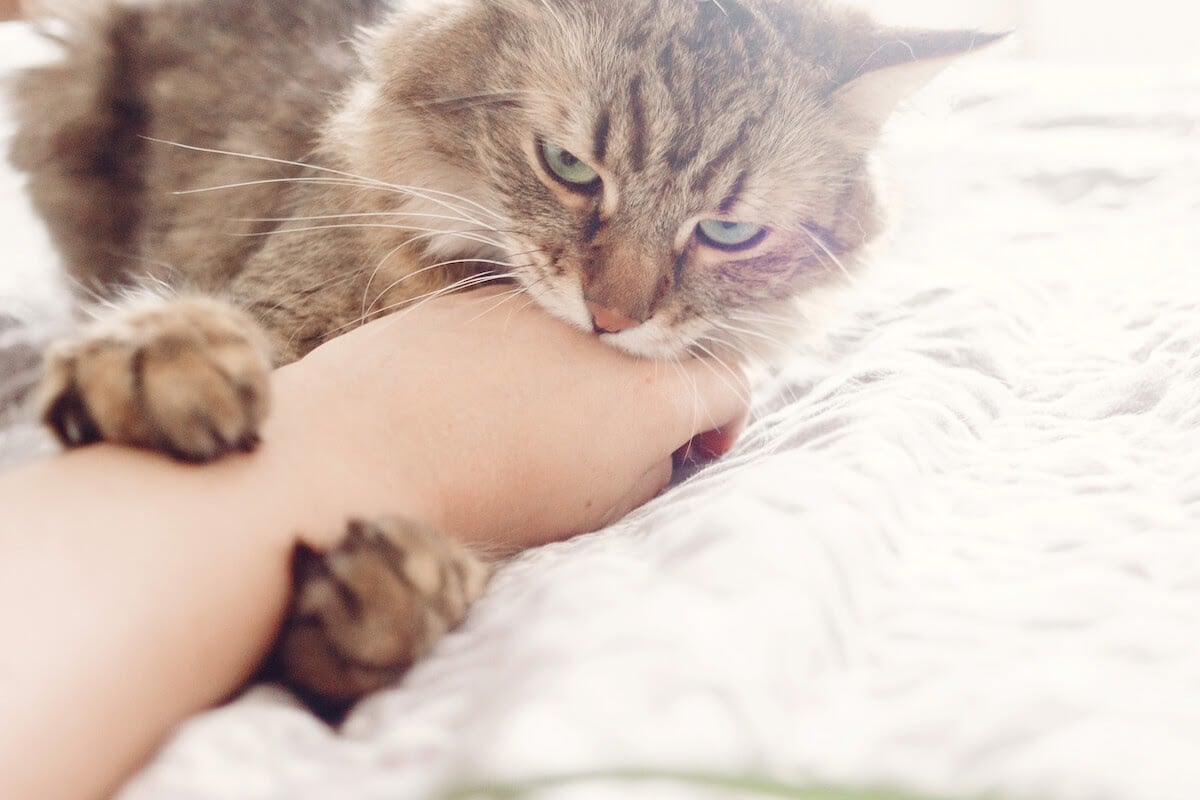
Get to know your cat’s likes and dislikes
Don’t stop petting your cat! This is a very enjoyable experience, beneficial for you both and will strengthen your bond - you just need to be on the same wavelength as your cat, let them take the lead, and watch out for the following signs:
- Is there a pattern forming? Does your cat only like to be stroked for a short period of time, say a few minutes, and then it might bite you. If so, stroke them for a shorter period of time and see if this works.
- Conversely, if you stop too soon, your cat may nudge your hand - wanting you to carry on!
- Cats like their heads stroked and also around the base of their ears, their cheeks and under the chin, where their facial glands are - but most cats are not keen on having their tummy, tail or back stroked so you may find they’re not comfortable with you stroking them in these areas and will walk away.
- Remember cats like their fur sleek and clean, so avoid repetitive patting motions or circular rubbing strokes that will ruffle their hair – gentle finger strokes work well.
- You may notice your cat wanting your attention at specific times of the day, maybe early in the evening - so put this time aside to have some relaxing time with your feline friend, letting them come to you rather than trying to force them to sit on your lap.
- Make sure your cat is in the right mood to be stroked - are they lying down, relaxed and happy to interact with you?
- A few treats might help! If your cat seems reluctant to spend time with you, try offering a treat and give them a little stroke when they come to you. After a few times, they might anticipate getting the treat and come to you first and then you can slowly increase your time together so that it becomes a natural habit.
- Keep an eye out for any changes in your cat’s tolerance - if there are any signs of discomfort or pain, ensure you seek advice from your vet.
Provide a calm environment
We know that cats don’t like sudden noises or, indeed, any changes to their environment.
A FELIWAY Optimum Diffuser will help to nurture your relationship with your cat, as it creates a loving environment at home and provides constant comfort and support for your cat by releasing “happy messages.” It is veterinary used and recommended.
